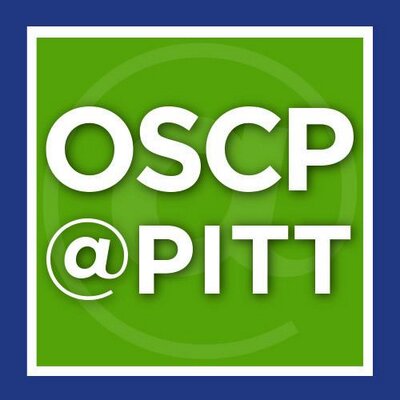Syzdykbayev, Meirman
(2024)
Geospatial Object Detection Through Topological Data Analysis.
Doctoral Dissertation, University of Pittsburgh.
(Unpublished)
Abstract
Geospatial object detection plays a key role in geospatial data analysis and is used in a variety of applications. Geospatial objects can be detected through computer vision and machine learning (ML) models and algorithms by focusing on geometrical and/or contextual information. There are challenges with geospatial object detection models and algorithms including geospatial data noise, geospatial data labeling, and feature representation. In addition to geometrical and contextual information, geospatial datasets contain topological information, which is often not considered for detection. The hypothesis in this thesis is that incorporating information on the shape of a geospatial objects, i.e., topological information, may address these challenges and improve detection accuracy. One way to incorporate topological information, along with geometrical or contextual information, is by using methods from topological data analysis such as Persistent Homology (PH) and Mapper.
The research in this thesis is focused on the development of methods that utilize topological information to detect geospatial objects. Explored in this research is incorporation of topological information into two geospatial object detection methods, knowledge-based, where topological information is merged with geometrical and contextual information, and ML-based, where topological information is transformed into a multichannel image as an additional feature. To test the results of these two methods after topological information is incorporated into them, their performances were evaluated by detecting landslide boundaries.
The main contributions of this research are evaluation of PH in the detection of landslides using LiDAR data; development of an algorithm to extract linear terrain features from digital terrain models; development of a topological knowledge-based geospatial object detection method; development of a topological ML-based geospatial object detection method; and development two algorithms to transform topological information into a multichannel image.
Share
| Citation/Export: |
|
| Social Networking: |
|
Details
| Item Type: |
University of Pittsburgh ETD
|
| Status: |
Unpublished |
| Creators/Authors: |
|
| ETD Committee: |
|
| Date: |
4 May 2024 |
| Date Type: |
Publication |
| Defense Date: |
7 December 2023 |
| Approval Date: |
4 May 2024 |
| Submission Date: |
1 January 2024 |
| Access Restriction: |
No restriction; Release the ETD for access worldwide immediately. |
| Number of Pages: |
196 |
| Institution: |
University of Pittsburgh |
| Schools and Programs: |
School of Computing and Information > Information Science |
| Degree: |
PhD - Doctor of Philosophy |
| Thesis Type: |
Doctoral Dissertation |
| Refereed: |
Yes |
| Uncontrolled Keywords: |
TDA, Geospatial Object Detection, Persistent Homology, Mapper, Landslides |
| Date Deposited: |
04 May 2024 19:47 |
| Last Modified: |
04 May 2024 19:47 |
| URI: |
http://d-scholarship.pitt.edu/id/eprint/45741 |
Metrics
Monthly Views for the past 3 years
Plum Analytics
Actions (login required)
 |
View Item |








